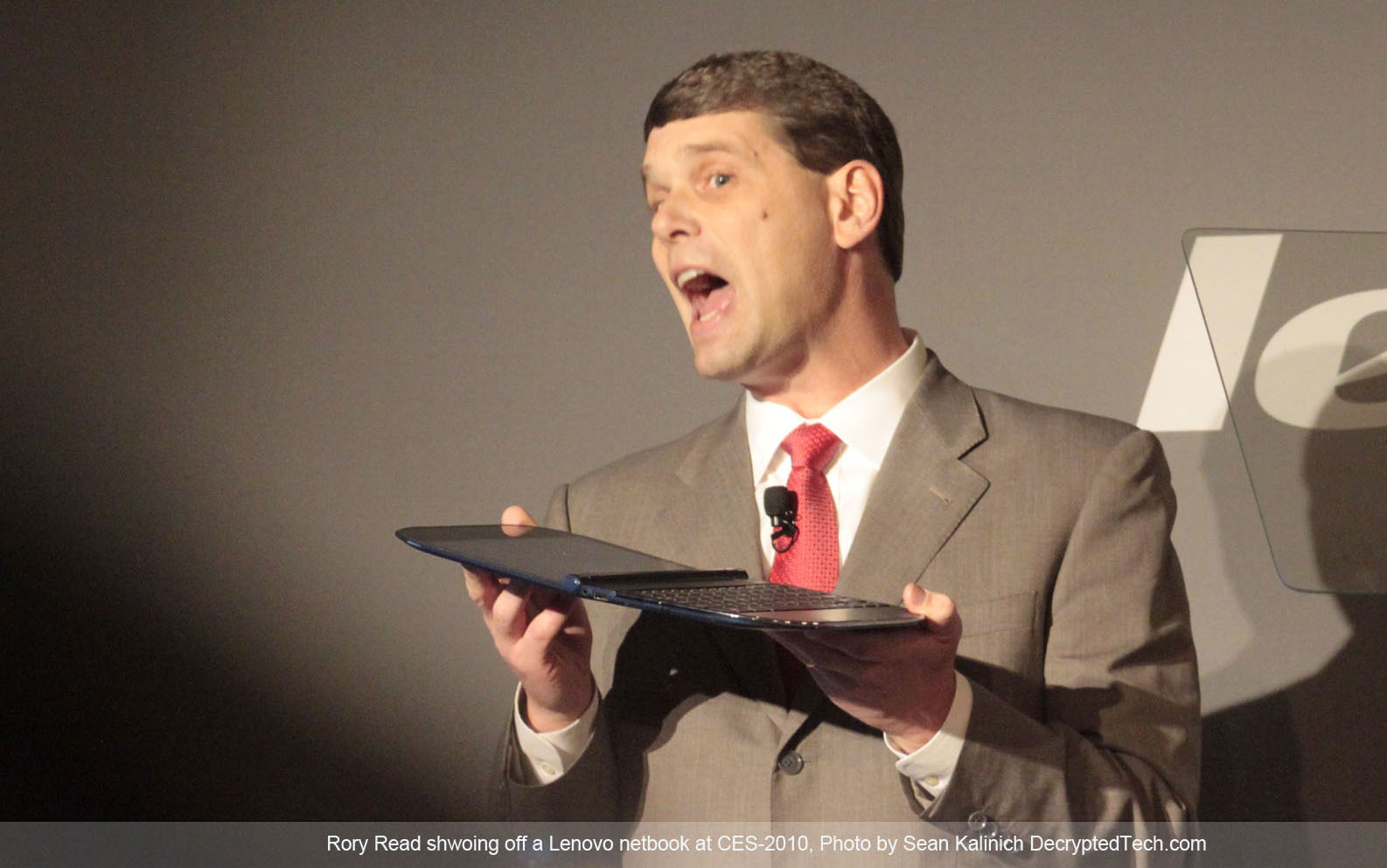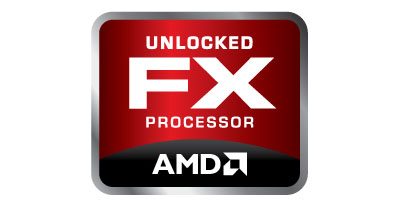From The Blog
-
ConnectWise Slash and Grab Flaw Once Again Shows the Value of Input Validation We talk to Huntress About its Impact
Written by Sean KalinichAlthough the news of the infamous ConnectWise flaw which allowed for the creation of admin accounts is a bit cold, it still is one that…Written on Tuesday, 19 March 2024 12:44 in Security Talk Read 594 times Read more...
-
Social Manipulation as a Service – When the Bots on Twitter get their Check marks
Written by Sean KalinichWhen I started DecryptedTech it was to counter all the crap marketing I saw from component makers. I wanted to prove people with a clean…Written on Monday, 04 March 2024 16:17 in Editorials Read 1497 times Read more...
-
To Release or not to Release a PoC or OST That is the Question
Written by Sean KalinichThere is (and always has been) a debate about the ethics and impact of the release of Proof-of-Concept Exploit for an identified vulnerability and Open-Source…Written on Monday, 26 February 2024 13:05 in Security Talk Read 1051 times Read more...
-
There was an Important Lesson Learned in the LockBit Takedown and it was Not About Threat Groups
Written by Sean KalinichIn what could be called a fantastic move, global law enforcement agencies attacked and took down LockBit’s infrastructure. The day of the event was filled…Written on Thursday, 22 February 2024 12:20 in Security Talk Read 901 times Read more...
-
NetSPI’s Offensive Security Offering Leverages Subject Matter Experts to Enhance Pen Testing
Written by Sean KalinichBlack Hat 2023 Las Vegas. The term offensive security has always been an interesting one for me. On the surface is brings to mind reaching…Written on Tuesday, 12 September 2023 17:05 in Security Talk Read 2076 times Read more...
-
Black Kite Looks to Offer a Better View of Risk in a Rapidly Changing Threat Landscape
Written by Sean KalinichBlack Hat 2023 – Las Vegas. Risk is an interesting subject and has many different meanings to many different people. For the most part Risk…Written on Tuesday, 12 September 2023 14:56 in Security Talk Read 1787 times Read more...
-
Microsoft Finally Reveals how they Believe a Consumer Signing Key was Stollen
Written by Sean KalinichIn May of 2023 a few sensitive accounts reported to Microsoft that their environments appeared to be compromised. Due to the nature of these accounts,…Written on Thursday, 07 September 2023 14:40 in Security Talk Read 2059 times Read more...
-
Mandiant Releases a Detailed Look at the Campaign Targeting Barracuda Email Security Gateways, I Take a Look at What this all Might Mean
Written by Sean KalinichThe recent attack that leveraged a 0-Day vulnerability to compromise a number of Barracuda Email Security Gateway appliances (physical and virtual, but not cloud) was…Written on Wednesday, 30 August 2023 16:09 in Security Talk Read 1961 times Read more...
-
Threat Groups Return to Targeting Developers in Recent Software Supply Chain Attacks
Written by Sean KalinichThere is a topic of conversation that really needs to be talked about in the open. It is the danger of developer systems (personal and…Written on Wednesday, 30 August 2023 13:29 in Security Talk Read 1819 times Read more...
Recent Comments
- Sean, this is a fantastic review of a beautiful game. I do agree with you… Written by Jacob 2023-05-19 14:17:50 Jedi Survivor – The Quick, Dirty, and Limited Spoilers Review
- Great post. Very interesting read but is the reality we are currently facing. Written by JP 2023-05-03 02:33:53 The Dangers of AI; I Think I Have Seen this Movie Before
- I was wondering if you have tested the microphone audio frequency for the Asus HS-1000W? Written by Maciej 2020-12-18 14:09:33 Asus HS-1000W wireless headset impresses us in the lab
- Thanks for review. I appreciate hearing from a real pro as opposed to the blogger… Written by Keith 2019-06-18 04:22:36 The Red Hydrogen One, Possibly One of the Most “misunderstood” Phones Out
- Have yet to see the real impact but in the consumer segment, ryzen series are… Written by sushant 2018-12-23 10:12:12 AMD’s 11-year journey to relevance gets an epic finish.
Most Read
- Microsoft Fail - Start Button Back in Windows 8.1 But No Start Menu Written on Thursday, 30 May 2013 15:33 in News Be the first to comment! Read 116466 times Read more...
- We take a look at the NETGEAR ProSafe WNDAP360 Dual-Band Wireless Access Point Written on Saturday, 07 April 2012 00:17 in Pro Storage and Networking Be the first to comment! Read 87368 times Read more...
- Synology DS1512+ Five-Bay NAS Performance Review Written on Tuesday, 12 June 2012 20:31 in Pro Storage and Networking Be the first to comment! Read 81920 times Read more...
- Gigabyte G1.Sniper M3 Design And Feature Review Written on Sunday, 19 August 2012 22:35 in Enthusiast Motherboards Be the first to comment! Read 80246 times Read more...
- The Asus P8Z77-M Pro Brings Exceptional Performance and Value to the Lab Written on Monday, 23 April 2012 13:02 in Consumer Motherboards Be the first to comment! Read 70872 times Read more...
Displaying items by tag: CPUs
Ivy Bridge-E to remain at six cores?
 |
Intel's Extreme Edition version of Ivy Bridge for LGA2011 socket could be very similar to the existing Sandy Bridge-E. Although the latter has up to eight physical cores (according to some CPUS in the Xeon E5 line) and up to 20 MB of L3 cache, the commercial version of the Sandy Bridge-E Core i7 inside the line has six active cores and up to 15 MB of cache.
Financially Speaking, Intel vs AMD
 |
It seems like every other amateur computer builder has joined the fan club of either Intel or AMD for their processor needs. It is no secret that Intel builds over-all more capable processors; if you are willing to cough up the extra cash for diminishing returns in the area of performance. AMD has typically been seen as the more cost effective solution for gaming (though, this is highly debatable currently), and sells over all less expensive processors.
Cheap Ivy Bridge processors have arrived
 |
Intel has released less expensive Ivy Bridge processors while lowering the price on older Sandy Bridge CPU’s. When the first Ivy Bridge processors came out prices were in mid and high end segment. Now Intel has finally released their budget editions. These are represented by the Core i3 and Pentium CPUs based on the 22nm architecture. They will fill the gaps that currently exist in the low end market. The cheapest is the Pentium G2100T with an OEM price of just $75 (in 1,000 unit lots). It will run at 2.6GHz with only 35Watts of power consumption. The G2100T is followed by the G2120 model that offers two cores running at 3.1GHz and an OEM price of $75.
AMD To Continue To Widen the Gap Between the Server and Desktop To Fit Rory Reed's Vision of the Cloud
 |
Back in October of last year we talked a little bit about AMD’s plans and where Rory Reed saw AMD heading. We knew from his past work with Lenovo that he was fascinated with the mobile world and that he felt it was the future of computing. Since that time we have heard him talk more and more about how the current laptops and desktops have more than enough power to do what they need to do. His reasoning is that the computer world is going to shift to the cloud and back into the traditional client/server infrastructure or more accurately the mainframe/terminal infrastructure. Looking at the current state of the cloud the Mainframe/Terminal model is the way that many companies want to go anyway. They want to do all of your calculations, rendering, compiling and then send you the output. All your “PC” needs to be able to do is display that output. This is the future that Rory Reed envisions for AMD.
AMD Says Q2 Revenue Will Be Down by 11 Percent
 |
AMD has just announced that their Q2 earnings may be as much as 11% lower than expected (over Q1 2012). Originally AMD predicted a gain of 3% sequentially for this quarter, but it looks like a few things did not turn out the way they planned. AMD is mostly blaming the issue on slow channel sales in China and Europe, but also stated that they encountered a weak market which impacted their OEM sales. Both causes are over generalizations of an issue that we saw coming back in 2011; AMD has to get their products into the hands of the consumer.
New Silicon Oxide Material Found That Uses 1/1000th the Energy To Achive 100x The Performance
 With the issues that popped up over heat in Ivy Bridge we started to dig deeper into the limitations of the materials currently used. We have been following the progress of Graphene, Carbon Nanotubes, and are even on the lookout for other materials that might be used either alongside these more advanced options or perhaps even in combination (like Graphene and Nanotubes can be). Today we stumbled on an interesting article that covers a new material while also covering a new technology.
With the issues that popped up over heat in Ivy Bridge we started to dig deeper into the limitations of the materials currently used. We have been following the progress of Graphene, Carbon Nanotubes, and are even on the lookout for other materials that might be used either alongside these more advanced options or perhaps even in combination (like Graphene and Nanotubes can be). Today we stumbled on an interesting article that covers a new material while also covering a new technology.
One More Hurdle Passed In The Race To Using Graphene In Processors.
 Two more pieces of the puzzle are falling into place with the move away from silicon in microprocessors. Silicon has been the mainstay for creating processors for… well for a very long time. However, it has its limitations as the need to make the transistors smaller continues to increase. Even if you are not a believer in More’s Law you still cannot get around the fact that processors (GPU CPU and “other”) are all growing more complex. This means that the number of components continues to grow and we are faced with a couple of choices; either die in the vacuum of space or… no wait that is someone else. The choices are actually very clear; make the processor dies larger and larger or shrink the manufacturing process.
Two more pieces of the puzzle are falling into place with the move away from silicon in microprocessors. Silicon has been the mainstay for creating processors for… well for a very long time. However, it has its limitations as the need to make the transistors smaller continues to increase. Even if you are not a believer in More’s Law you still cannot get around the fact that processors (GPU CPU and “other”) are all growing more complex. This means that the number of components continues to grow and we are faced with a couple of choices; either die in the vacuum of space or… no wait that is someone else. The choices are actually very clear; make the processor dies larger and larger or shrink the manufacturing process.
AMD's Long Decline Started Back in 2006 With the Purchase Of ATi *Update*
 Over the course of the last year or so we have watched as a once solid company has started to crumble into a shadow of its former self. Yes we are talking about AMD and although the trip down the path to where they are now started years ago we have to wonder if there was ever a chance to change things and get the company back on track.
Over the course of the last year or so we have watched as a once solid company has started to crumble into a shadow of its former self. Yes we are talking about AMD and although the trip down the path to where they are now started years ago we have to wonder if there was ever a chance to change things and get the company back on track.
Intel's Core i7 3960X Drops By Just to Show Off
 Intel has been enjoying a rather successful few years. After the launch of their first generation Core processors Intel managed to slide neatly by AMD who had been running rings around the Pentium 4 CPU. Things did not stop there though, Intel continued to build on their success working to improve their caching model and the when they were finally ready they dropped the Second Generation of the Core Processor on the Market; this time with an Internal Memory Controller to go with their improved caching. This extended the gap between Intel and AMD a few more feet and lead on to other new products including Lynnfield and then Sandy Bridge with its own GPU built right into the processor die. With the success of these new processors Intel could have just sat back and waited until AMD caught up. Instead they are continuing to move forward and are now brining a new Flagship CPU to the Core i7 lineup. The official name will be the Core i7 3960X and also comes with a new chipset, memory standard, and socket. So let’s take a look at this new chuck of silicone and see if it deserves its place at the top of the heap.
Intel has been enjoying a rather successful few years. After the launch of their first generation Core processors Intel managed to slide neatly by AMD who had been running rings around the Pentium 4 CPU. Things did not stop there though, Intel continued to build on their success working to improve their caching model and the when they were finally ready they dropped the Second Generation of the Core Processor on the Market; this time with an Internal Memory Controller to go with their improved caching. This extended the gap between Intel and AMD a few more feet and lead on to other new products including Lynnfield and then Sandy Bridge with its own GPU built right into the processor die. With the success of these new processors Intel could have just sat back and waited until AMD caught up. Instead they are continuing to move forward and are now brining a new Flagship CPU to the Core i7 lineup. The official name will be the Core i7 3960X and also comes with a new chipset, memory standard, and socket. So let’s take a look at this new chuck of silicone and see if it deserves its place at the top of the heap.
Just where is AMD headed?
 AMD has faced some rough time recently. After their ATi purchase back in 2006 AMD has had one poor leader after another. Under Hector Ruiz we ended up with the ill-fated $5.4 Billion buyout of ATi. This was a purchase that caused AMD to not have a profitable quarter for almost 5 years. In fact if AMD had not gotten a settlement from Intel in late 2010 they would still be operating in the red. Hector Ruiz was also responsible for the shedding of AMD’s foundries. This split created Global Foundries and forced AMD as a CPU and GPU manufacturer into a Fabless state. They now have to pay to have their processors made by another company.
AMD has faced some rough time recently. After their ATi purchase back in 2006 AMD has had one poor leader after another. Under Hector Ruiz we ended up with the ill-fated $5.4 Billion buyout of ATi. This was a purchase that caused AMD to not have a profitable quarter for almost 5 years. In fact if AMD had not gotten a settlement from Intel in late 2010 they would still be operating in the red. Hector Ruiz was also responsible for the shedding of AMD’s foundries. This split created Global Foundries and forced AMD as a CPU and GPU manufacturer into a Fabless state. They now have to pay to have their processors made by another company.
